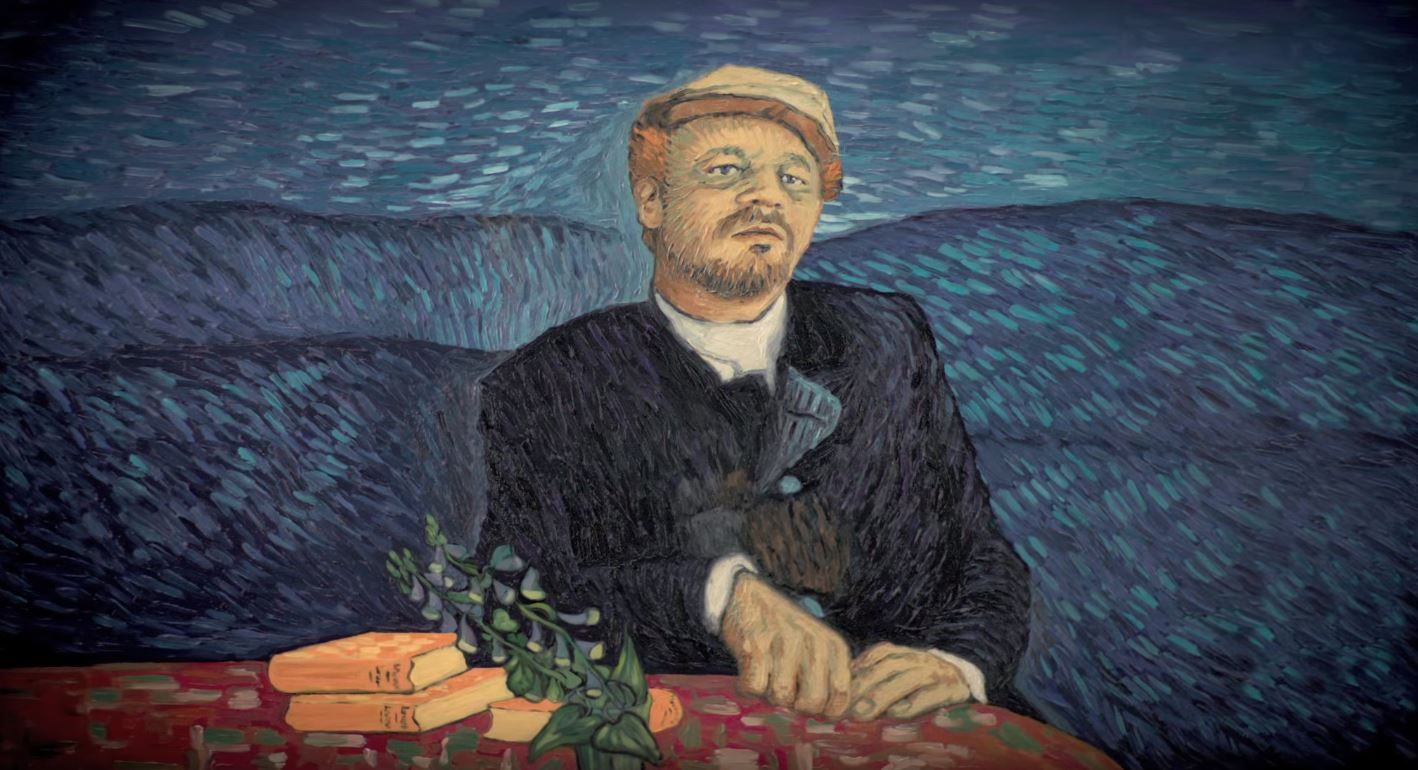
Vincent Van Gogh died at 37, leaving more than 2,000 paintings, including groundbreaking masterpieces. The filmmakers behind Loving Vincent are breaking new ground with the first feature-length film to use paintings for animation, but they'll need 62,000 paintings by 85 artists, all done in Van Gogh's style, to tell their story.
This epic challenge was conceived in Poland by director Dorota Kobiela, a classically trained painter whose master's thesis was on Van Gogh. She later became an animator, but while re-reading the artist's letters decided to blend her passions. She planned to do a short film until Breakthru Films founder Hugh Welchman, who is producing and co-directing, expanded the idea.
Welchman has animation credentials, winning a 2008 Oscar as producer for Peter and the Wolf, but knew little about the Dutch artist. "Sad to say, I was not very well versed in art and knew only a few little facts about Van Gogh—he cut off his ear, painted sunflowers and Starry Night and he was mad," Welchman says.
He started reading and "was amazed by his life, by the audacity and passion of the man." After seeing a three-hour line for a London museum exhibit of Van Gogh's letters, Welchman says, "I realized he is a rock star" who warranted a full-length feature.
While the animation is daunting, Welchman says "the toughest part of the process was writing the script—piecing together the paintings with historical facts and what he wrote linked in a narrative story that would grab people."
The story now features Postman Joseph Roulin (a famous Van Gogh subject) sending his son Armand to deliver a letter to Van Gogh; Armand ends up trying to learn why the painter killed himself right at the moment he was poised to find success. The story's evolution changed the choice of paintings.
The film uses 94 paintings in original form and references over 35 more, though the filmmakers altered some by changing day to night or adding people. Breakthru CEO Sean Bobbitt said some early paintings like The Potato Eaters were "so different stylistically" that they were cut, while paintings of Saint Remy, where Van Gogh was hospitalized, had to be dropped because sending Armand there seemed forced.
"We had to be ruthless and make sure the story came first," Welchman says, adding that some "super-famous" paintings were dropped (he would not say which).
While the script was being written, Breakthru was also creating PAWS, the Painted Animation Work Station. After three prototypes, Bobbitt says they created a station that stablizes the image, the camera and the projector, enabling them to shoot more quickly, cutting months off the project. Breakthru hopes to release it in 2016.
Progress was slow, Bobbitt says, until they decided to increase to 85 painters from 40. The company faced a Catch-22, Welchman says, because it couldn't afford to train and develop artists without money but couldn't go to financiers without artists creating something to show. So it turned to Kickstarter, where it raised the needed funds.
From 800 portfolios it hired the artists now working in Gdansk and Wroclaw in Poland and Athens, Greece. "We got a lot of good portfolios from Greece so it was easier not to import the artists," Bobbit says, adding that others have come from Ukraine, Romania and Bulgaria.
"I was slightly terrified about having all these painters in one room with all their egos, since painters have a reputation of being individualistic," Welchman says about putting them in such a collaborative medium, "but I've never worked with a more harmonious bunch of people."
The project's business-like hours, need for speed and crimps on creativity are all anathema for painters, acknowledges Anna Wydrych, 31, a Polish native who "was the slowest painter when I started." She added that the job "could be boring" but said concentrating on Van Gogh's technique has made it rewarding.
Bobbitt says sometimes the artists tell him they'll spend their weekends painting their own material: "They need it as an outlet."
Uncommon Knowledge
Newsweek is committed to challenging conventional wisdom and finding connections in the search for common ground.
Newsweek is committed to challenging conventional wisdom and finding connections in the search for common ground.
About the writer
To read how Newsweek uses AI as a newsroom tool, Click here.








